Messerschmitt Me 262A1a 3.JG7 Yellow 8 WNr 112365 Germany 194502

Messerschmitt Me 262 CAF RISE ABOVE
The fuselage was finally combined with a pair of jet engines in early 1942. The first jet-powered flight by an Me262 took place in March that year. The piston engine was kept in case the jet engines failed. The Jumo 004 powered the world's first operational jet fighter, the Messerschmitt Me 262. The engine's development began in 1937, but.
.jpg)
Messerschmitt Me 262MLADGMe262
18 Images This object is not on display at the National Air and Space Museum. It is either on loan or in storage. Germany CRAFT-Aircraft Messerschmitt A.G. Twin engine, single seat, low wing, jet fighter 3-D: 19464cm, 3475.9kg (638 ft. 7 in., 7663lb.) Wingspan: 12.5 m (40 ft 11 in) Length: 12.1 m (39 ft 9 in) Height: 3.8 m (12 ft 7 in)
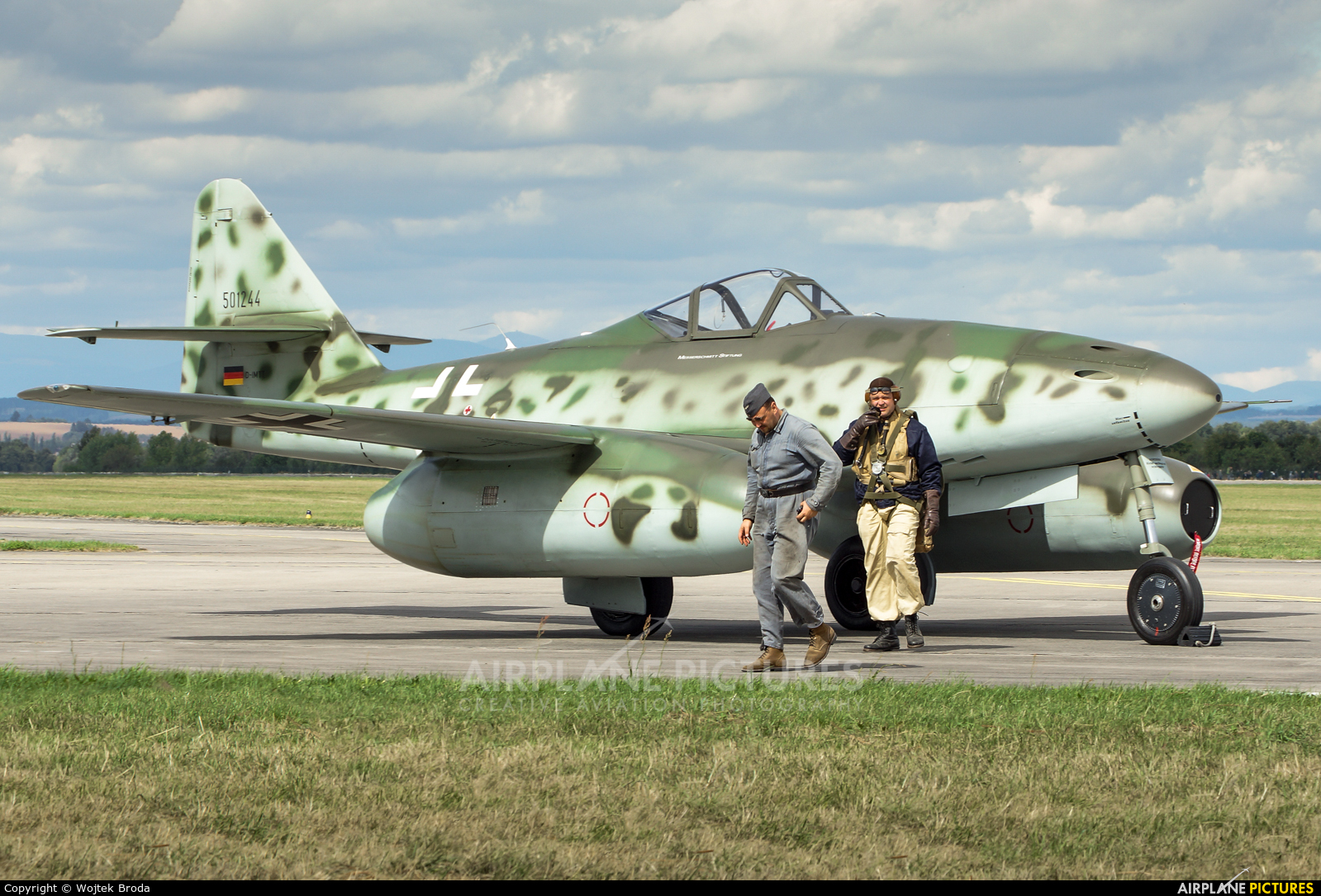
DIMTT Messerschmitt Stiftung Messerschmitt Me.262 Schwalbe at Hradec Králové Photo ID
The Messerschmitt Me 262 was the German answer to a failing war effort heading into 1945 during World War 2 (1939-1945). It was championed by some of the major players of the war though ultimately limited in its combat reach by forced design decisions, shortages of critical war materials, engine reliability, inexperienced pilots, and the Allied bombing campaign.

World War II Pictures In Details Messerschmitt Me 262 Schwalbe Over Dayton, Ohio
The Messerschmitt Me 262, the world's first operational jet-powered fighter aircraft, streaked across the tumultuous tapestry of war with a blend of speed and power previously unseen. Its swept wings and distinctive shape cast an indelible silhouette that would mark the dawn of a new era in flight. The roar of its engines, a tangible whisper of.

Messerschmitt Me 262 Luftwaffe planes, Messerschmitt, Vintage aircraft
1 July 1993 Start of construction of five replicas in Texas, USA; using an original two-seater training aircraft as a model - an Me 262 B on loan from the US Navy Mid-1996 Manufacture of main assemblies Early 1999 Project relocated to Seattle (USA)/ Me 262 project (Bob Hammer) Autumn 2000
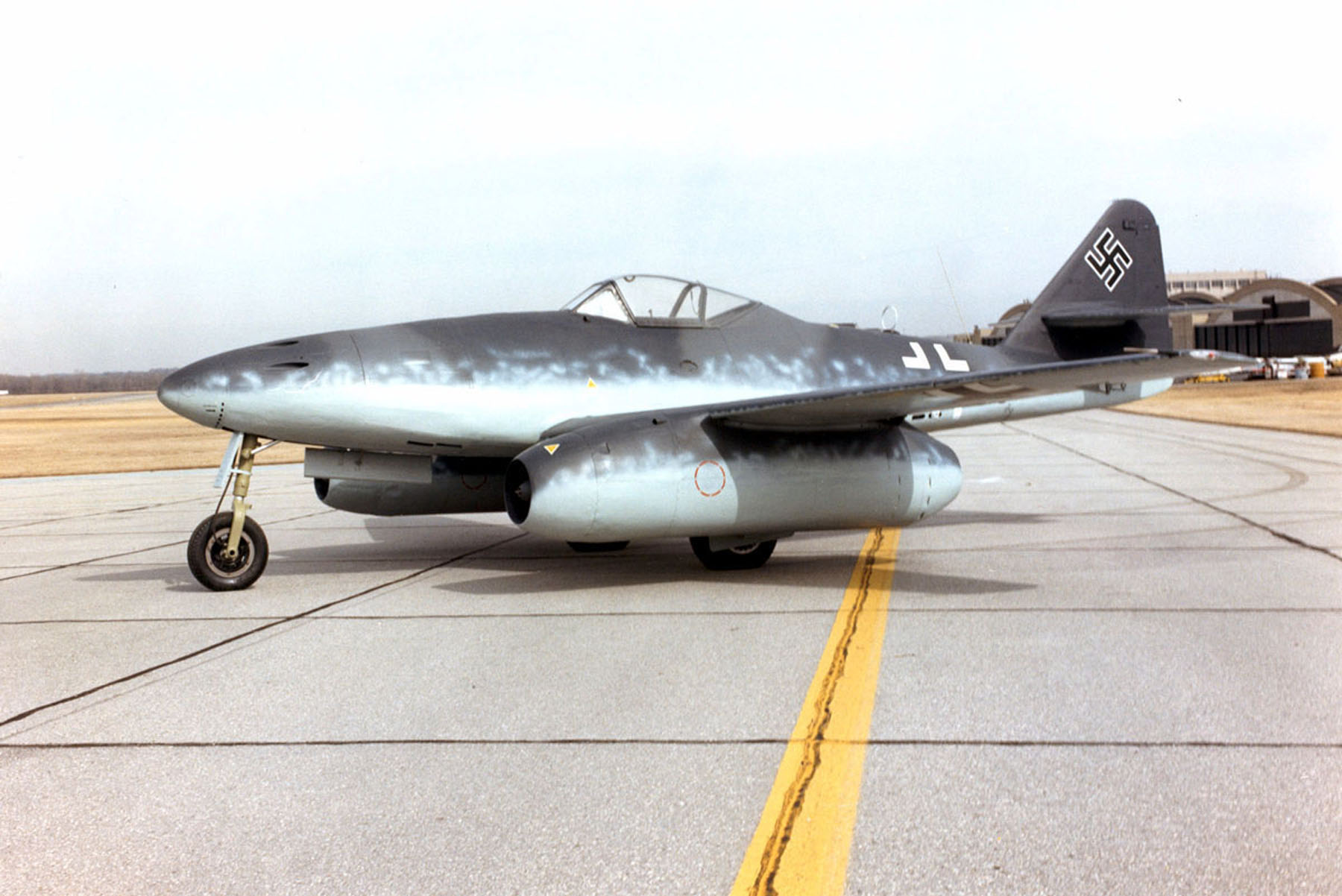
Messerschmitt Me 262 All About History
The Messerschmitt Me 262 was clearly the best fighter plane of World War II, bristling with firepower and capable of flying 120 miles per hour faster than America's outstanding P-51 Mustang. However, it is important to put a myth to rest about this classic airplane. The sleek Messerschmitt's late introduction into combat was not a result of.

Messerschmitt Me 262 / engine start / original sound Doovi
Though best remembered as a late-war weapon, the design of the Messerschmitt Me 262 began prior to World War II in April 1939. Spurred by the success of the Heinkel He 178, the world's first true jet which flew in August 1939, the German leadership pressed for the new technology to be put to military use.

Messerschmitt Me 262 Price, Specs, Photo Gallery, History Aero Corner
The Messerschmitt ME 262, the world's first jet fighter, streaked away from him at more than 540 MPH, one hundred miles per hour faster than the P-51. History. From the 1930's engine designers in several countries were trying to develop radically new alternative to the reciprocating (piston) engine. The Germans focused on turbojet research, and.
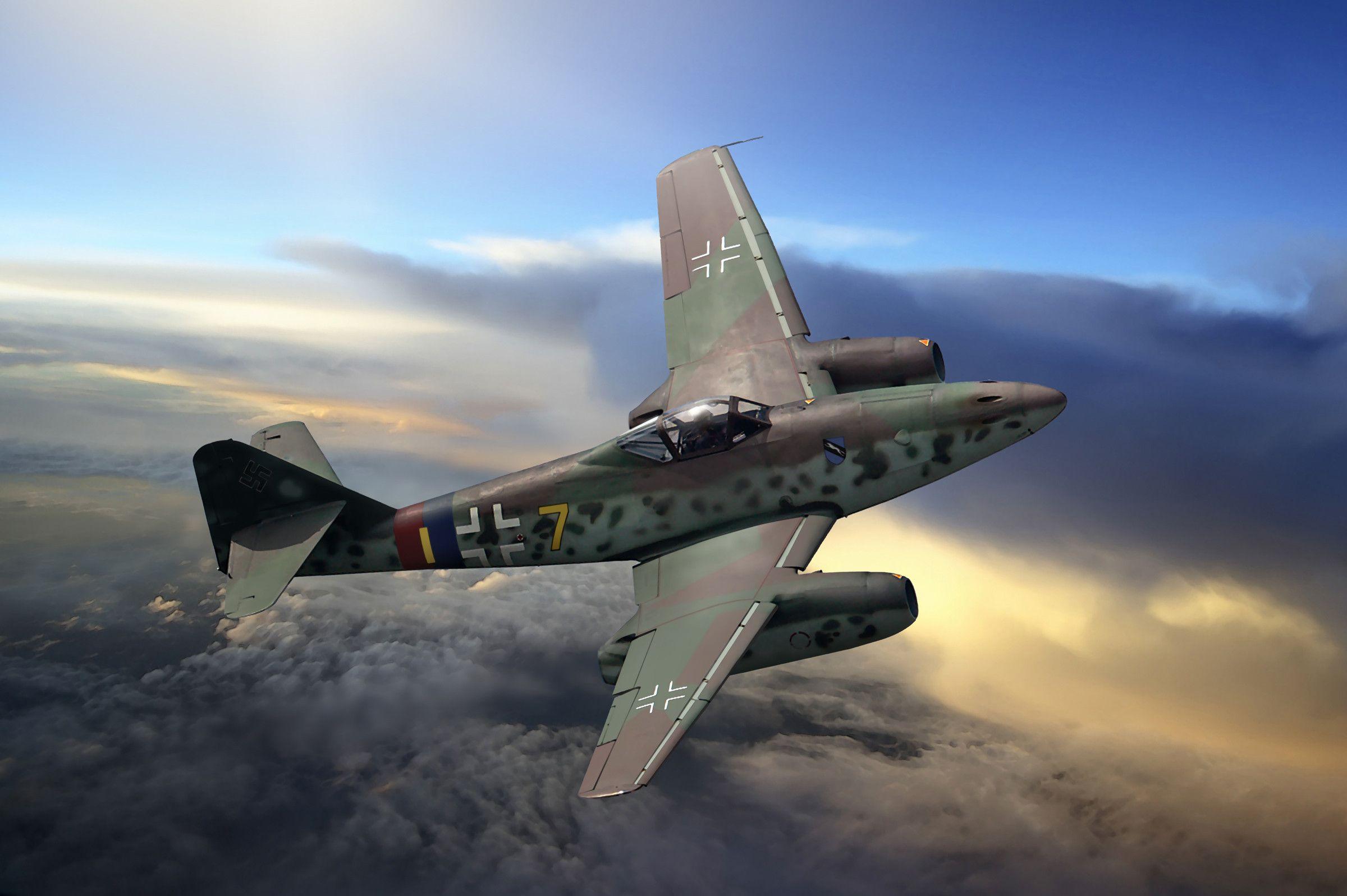
Messerschmitt Me 262 Wallpapers Wallpaper Cave
The Messerschmitt Me 262 A-1a Schwalbe, meaning Swallow, held in the Smithsonian's National Air and Space Museum was captured in 1945 by a special U.S. Army Air Force team led by Col. Harold.
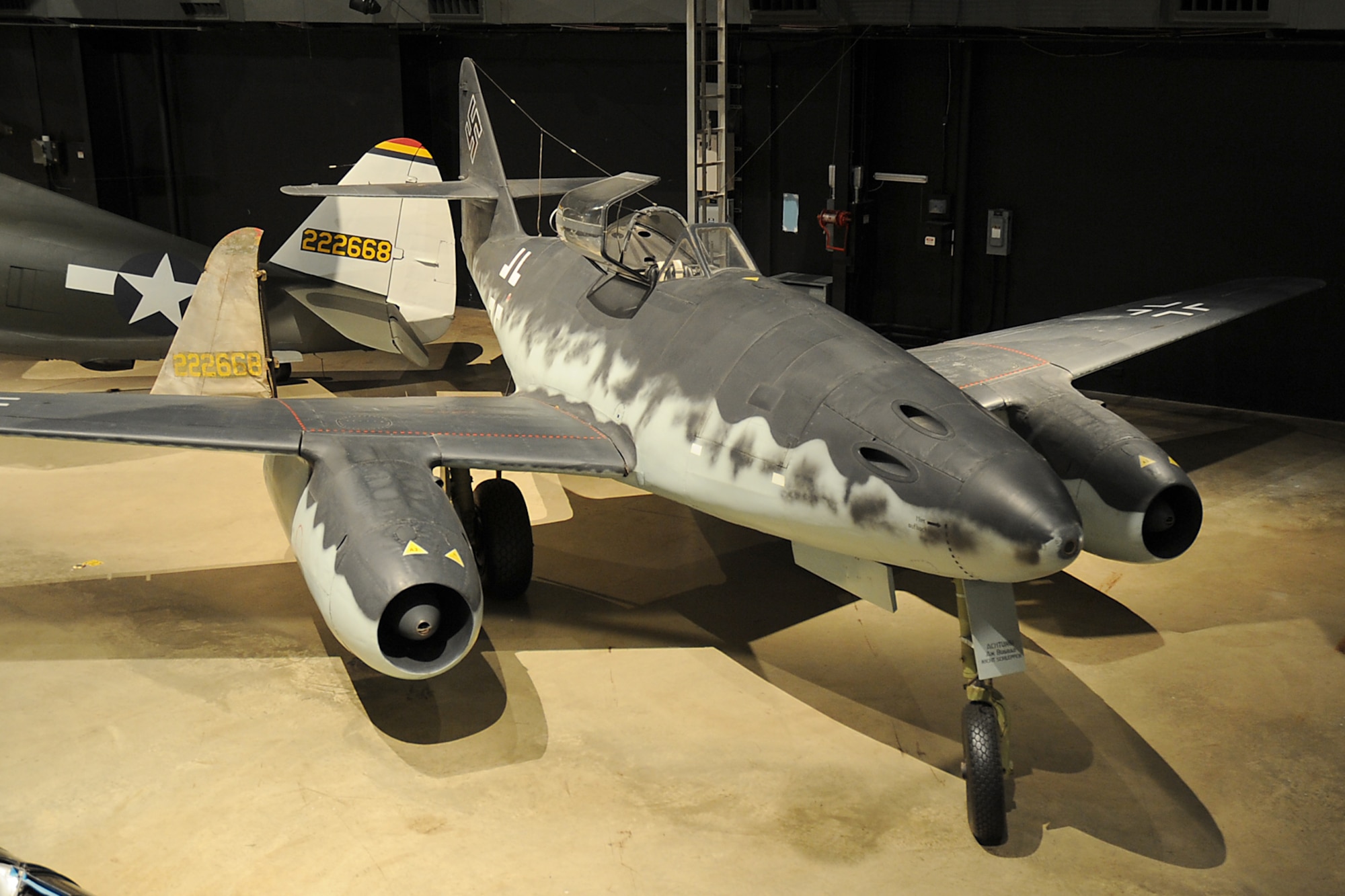
Messerschmitt Me 262
The Messerschmitt Me 262 was a German World War II fighter aircraft built by Messerschmitt in the later stages of the war, and under license by Avia post-war. Prototypes Me 262 V3 Messerschmitt began work on a single-seat jet-powered fighter before the start of World War II. The initial design was known as Projekt 1070 (P.1070).
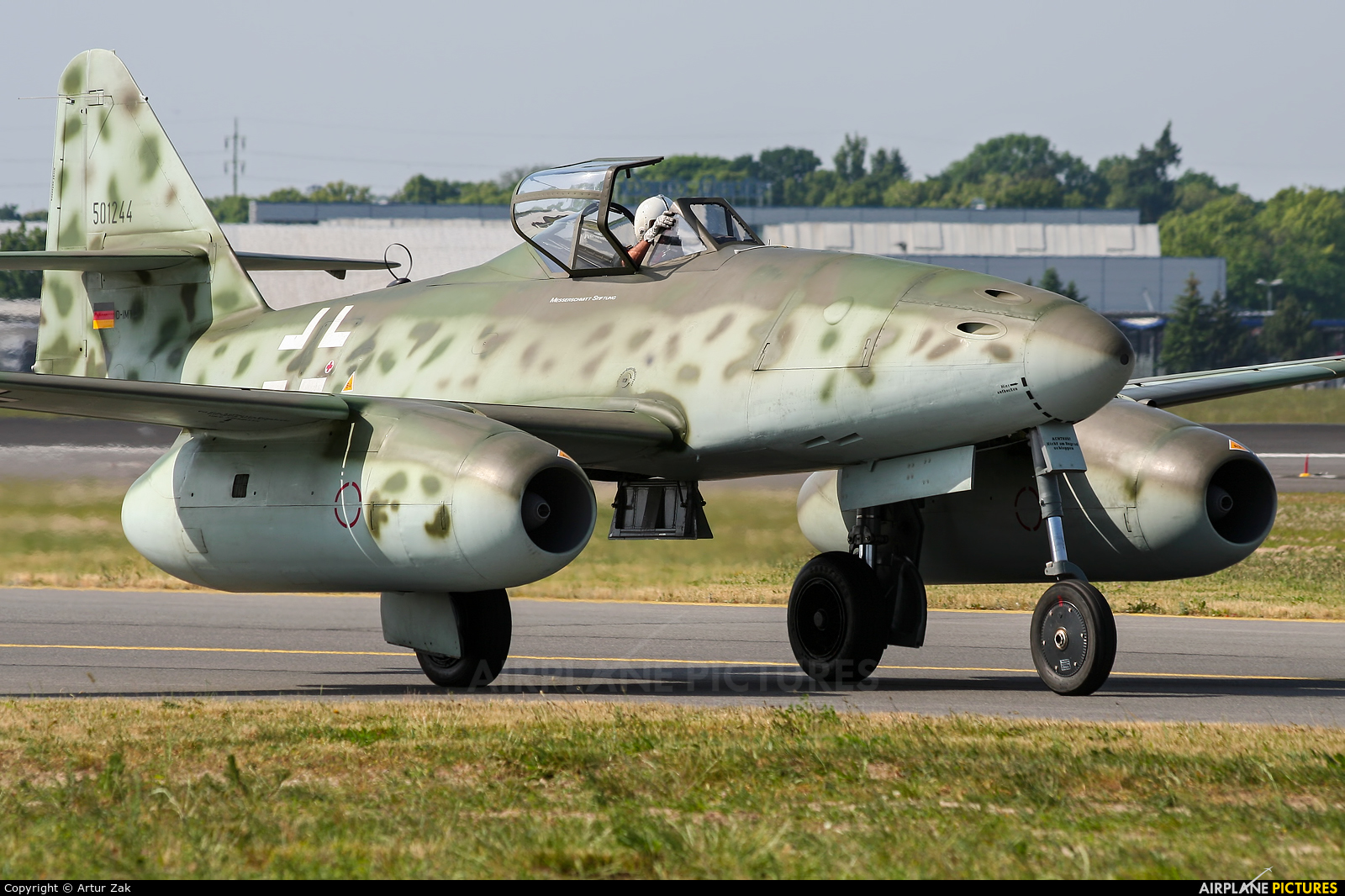
DIMTT Messerschmitt Stiftung Messerschmitt Me.262 Schwalbe at Berlin Schönefeld Photo ID
The Messerschmitt Me 262, nicknamed Schwalbe (German: "Swallow") in fighter versions, or Sturmvogel (German: "Storm Bird") in fighter-bomber versions, is a fighter aircraft and fighter-bomber that was designed and produced by the German aircraft manufacturer Messerschmitt. It was the world's first operational jet-powered fighter aircraft.
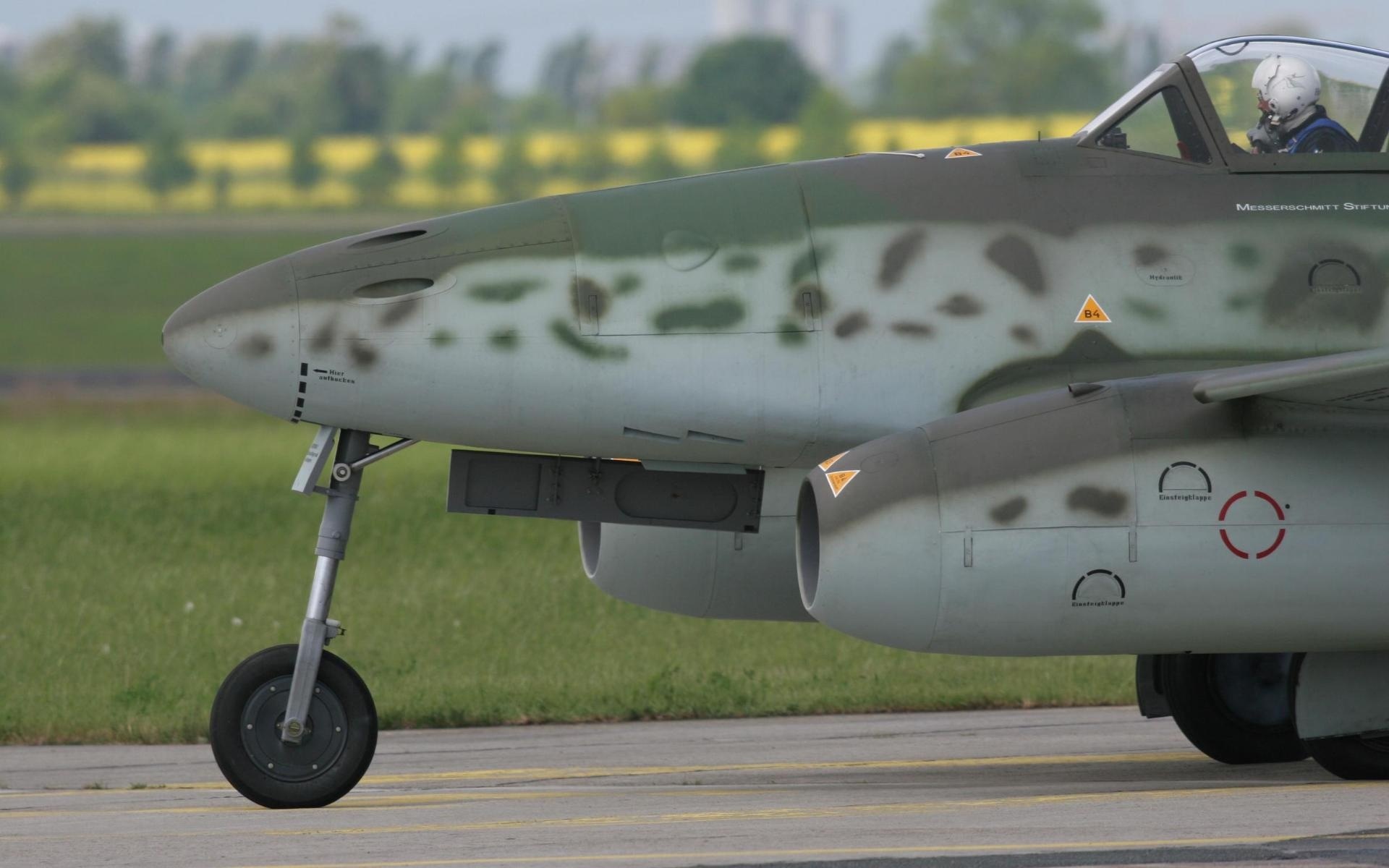
Messerschmitt Me 262 Picture Image Abyss
The Messerschmitt Me 262 was the world's first operational jet-powered fighter aircraft. Aircraft design efforts actually began prior to World War II in 1939, but problems with the engines prevented the aircraft from attaining operational status with the German Luftwaffe until mid-1944.
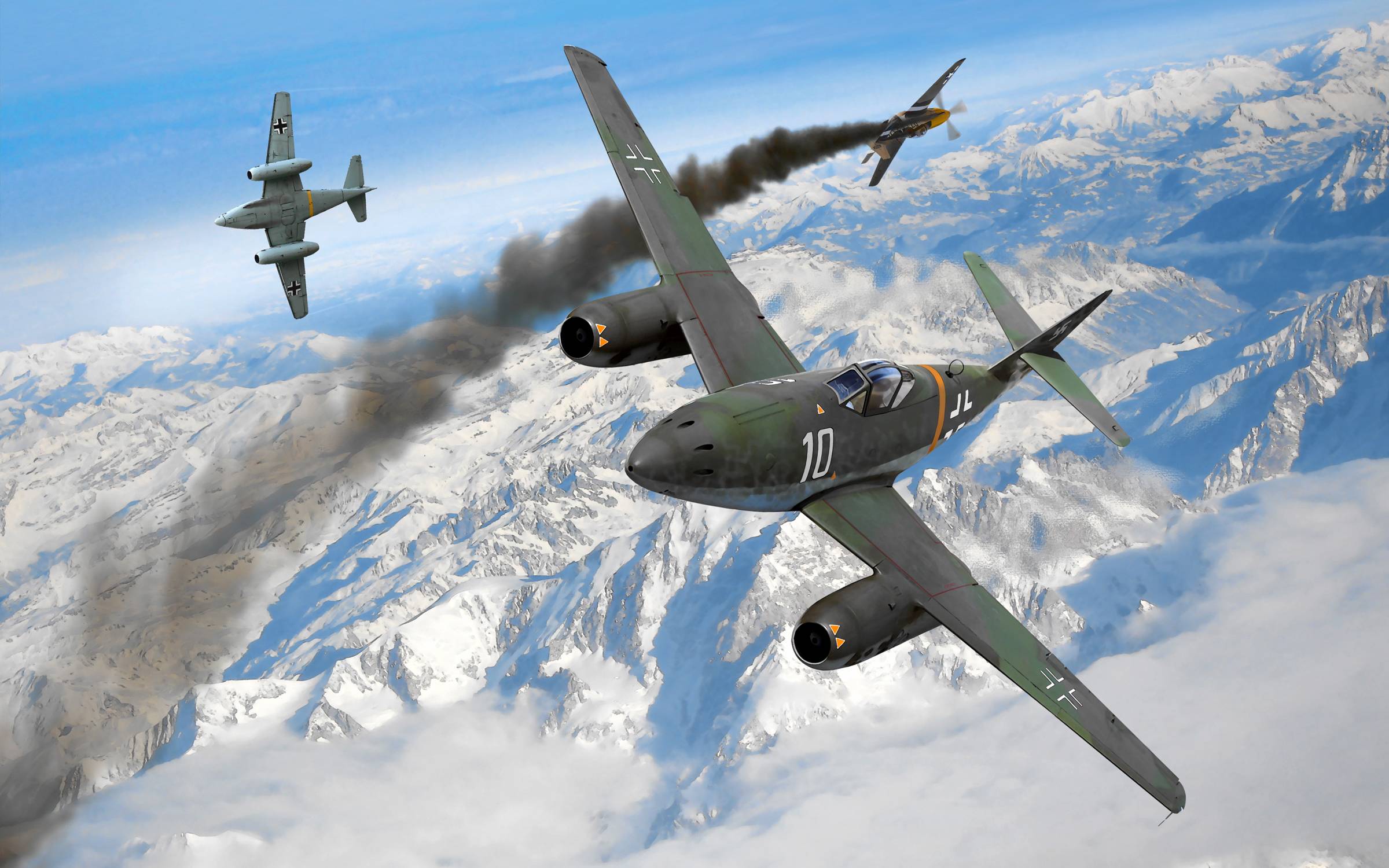
Messerschmitt Me 262 Wallpapers Wallpaper Cave
The historic Me 262 Schwalbe (Swallow) was the first jet-powered aircraft to see combat. The project began in 1938 when Messerschmitt was called upon to design a new fighter powered by two gas turbine engines being developed by B.M.W. The configuration eventually chosen featured a sleek streamlined fuselage with the two podded engines carried.
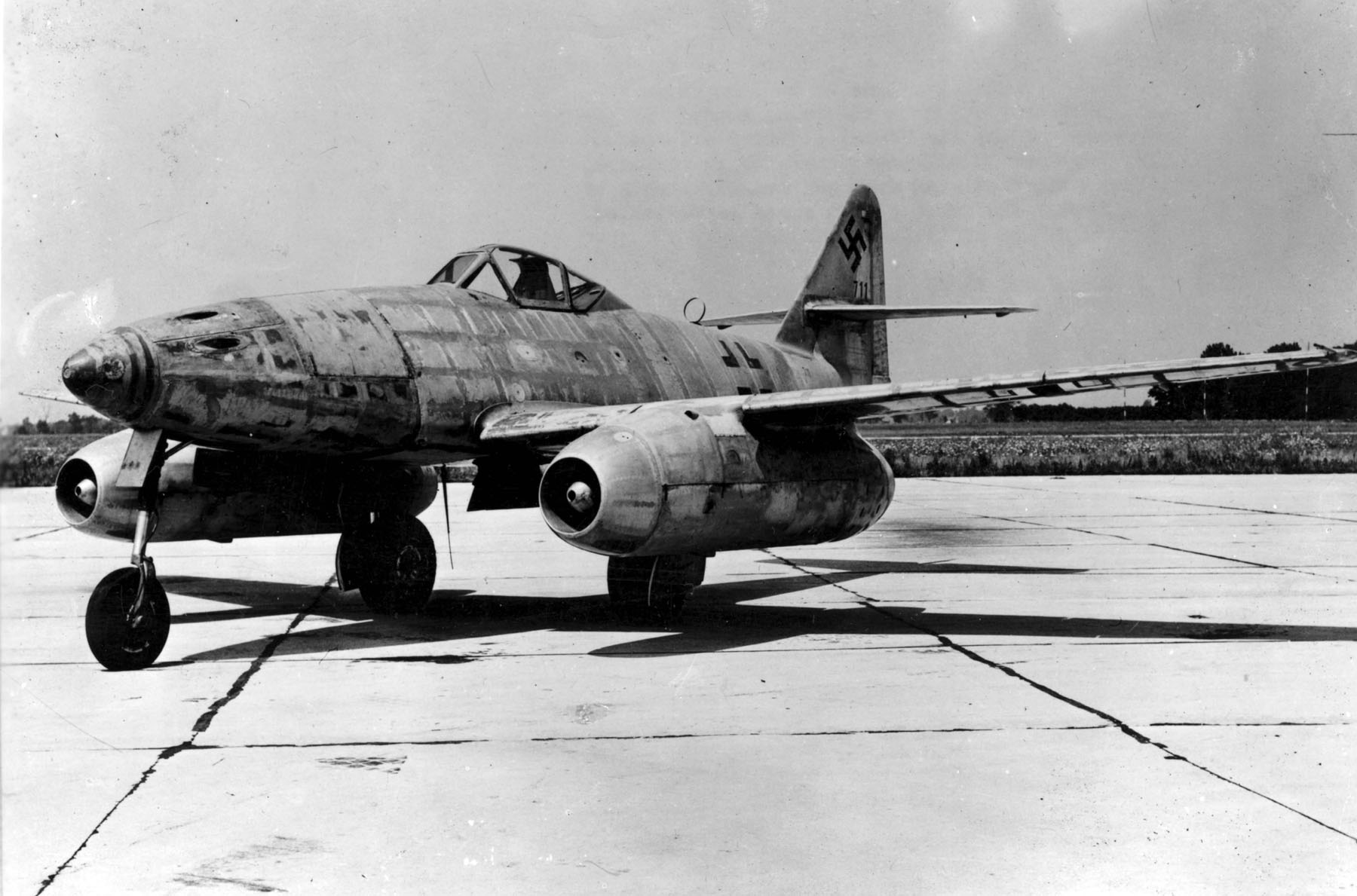
FicheiroMesserschmitt Me 262 060912F1234S012.jpg Wikipédia, a enciclopédia livre
by Jon Guttman 1/26/2018. This two-seat, dual-control Messerschmitt Me-262B-1a replica, owned by the Collings Foundation, is the only flyable example of Germany's epochal jet fighter in the United States. (jim larsen) On the morning of Aug. 27, 1939, a new era dawned when Ernst Heinkel telephoned Ernst Udet and told the just-awakened chief of.

Messerschmitt Me.262 for BeamNG Drive
The Me 262 began as Messerschmitt's Projekt 1065 in 1939, the design of a jet aircraft by the company following Ernst Heinkel's flight in his He-178, the first aircraft to fly under turbojet power. Though the German government favored the Messerschmitt design, the project suffered at the hands of Hermann Göring, head of the Luftwaffe, who cut expenditures for jet engine research.
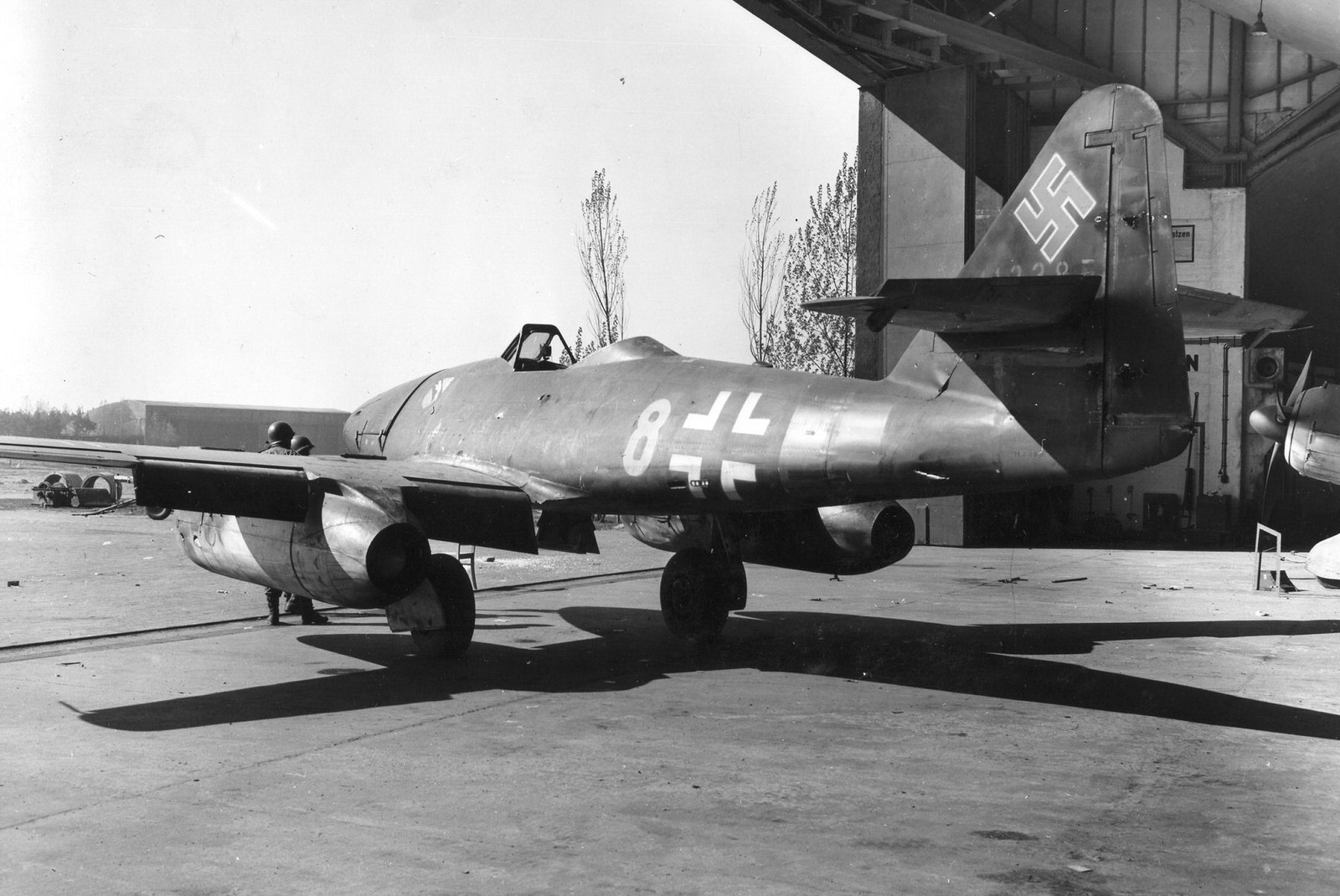
Messerschmitt Me 262A1a 3.JG7 Yellow 8 WNr 112365 Germany 194502
The Messerschmitt Me 262 was the first operational fighter aircraft powered by jet in the world. It started to develop before the Second World War and first flew in April 1941. It was introduced in 1944, and was majorly used by the Luftwaffe and Czechoslovak Air Force and was retired in 1945 and 1951, respectively.